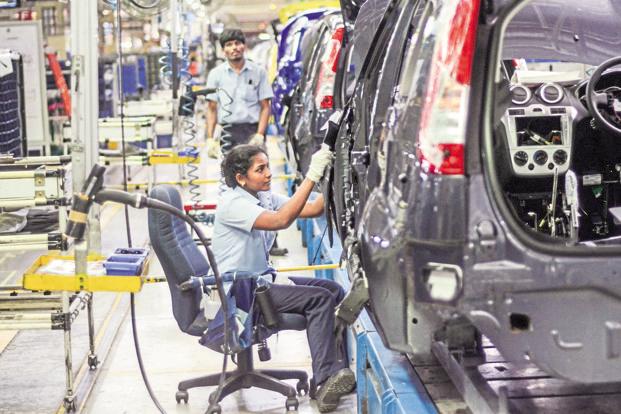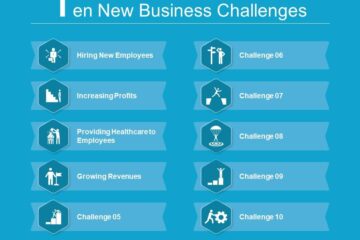
India’s global rank in the World Bank’s annual Doing Business ranking came in at 130 out of 190 countries. It has moved up only one notch since last year. To that extent this progress is disappointing. The improvement in this global rank has been a rallying cry of the government, led by Prime Minister Narendra Modi himself, who would like to see India among the top 50 positions.
How should we assess our progress? Before exploring this question, several caveats are in order.
Firstly, and obviously, this is a relative ranking. So while India tries to improve its position, others are trying harder. So even if in an absolute sense India is progressing along the 10 metrics that comprise the ranking, its rank will not improve unless its progress outpaces others.
Secondly, the desire to get a higher rank is not an end in itself. Rather, the main goal is sustained job creation on a large scale, which needs a business-friendly regime, measured by the ranking. India is already the world’s fastest-growing big economy, even at rank 130. Some years ago, the ease of doing business ranking (EODB) had Bric (Brazil, Russia, India and China) economies ranked between 120 and 140. So the Bank was chided about the lack of correlation between their ranks and economic growth rates. But that chiding misses the point about the relationship between the ranking and long-term prospects for growth in jobs, businesses, and prosperity. As Kaushik Basu put it, “…Doing Business indicators are somewhat akin to a measure of concentrations of various proteins and minerals in the human blood (which) may not seem important to the lay observer, but they have huge long-run implications for an economy’s health, performance and growth.”
For 10 million jobs per year, we need the creation of tens of thousands of new businesses. Hence we need a regime which is light on “inspection raj” and “permissions raj”, but heavy on self-declarations and deemed approvals, more digitally enabled and less paperwork-driven, and so on. That’s why the PM’s rallying cry is absolutely appropriate. Indeed, unlike in past years, the rankings of China and Russia have improved dramatically.
The third caveat is that while India’s ease of doing business ranking has stalled, its ranking on three other global indices has jumped smartly. Its competitiveness ranking is up 16 places according to the World Economic Forum. And its innovation index is up 15 places as per the World Intellectual Property Organization. Inbound foreign direct investment is the highest in the world, signalling the confidence of global investors. So even as the low ranking rankles, let’s not overlook our growth record, and performance on other global indicators.
How then to perform better on the EODB ranking? It is by focusing on the 10 metrics that make up the rank. Specifically, on getting construction permits (rank 185), registering property (138), paying taxes (172), enforcing contracts (172) and resolving insolvency (136). The first two are mostly local issues dealt with either at the state or local government level. With the rollout of the goods and services tax (GST) system, hopefully India’s rank in the taxation metric should improve substantially in the coming years. As for enforcing contracts, it is an issue best addressed by judicial reforms. This calls for filling vacancies in various courts and greater encouragement to arbitration and out-of-court settlements.
One analysis by former central information commissioner Shailesh Gandhi shows that India can wipe out its entire backlog in pending court cases by filling up the vacancies in various courts. For instance, the 24 high courts have on average 43% vacancies. While India has more than 32 million pending cases in aggregate, what is not so well known is that the country’s judicial system also disposes of almost 20 million cases annually. This is done with a roughly 80% judicial capacity. So imagine the disposal rate with fully occupied benches. Another factor in dispute resolution is that the government itself is the largest litigant, as was pointed out recently by the Prime Minister.
Which brings us to the important point on insolvency resolution. Ease of doing business is all about how quickly you can get started. Competition is about the free entry of new businesses. But it is also about free exit. So it is also about ease of undoing businesses, or ease of quitting. On this count, India’s rank has been abysmally low. It takes more than four years to wind up a business, and insolvency resolution is able to salvage barely 20% of the value. This is bound to change in a dramatic way with the rollout of the new Insolvency and Bankruptcy Code regime. This landmark law was passed in May, and is about to become operational very soon.
It is a new ecosystem with a full-fledged regulator, a new class of insolvency professionals (IPs, much like chartered accountants and lawyers), a new bunch of institutions called information utilities (IU), and an overall focus on tight timelines. The IPs will bring third-party objectivity and drive quick consensus on haircuts and liquidation. And the IU will prevent abuse by serial defaulters, who can delay the insolvency resolution process indefinitely.
The new system has not suddenly diluted the rights of borrowers, or made lenders more powerful. It has instead drastically changed the way insolvencies will be resolved. Thus debt recovery and national company law tribunals will continue to operate, but under the gaze of a new regulator and a more result-oriented and time-bound system. It is here that India can expect a big jump in its ranking. Ease of doing business also needs ease of undoing business, i.e. quick resolution of insolvencies.
[Source:-Livemint]




